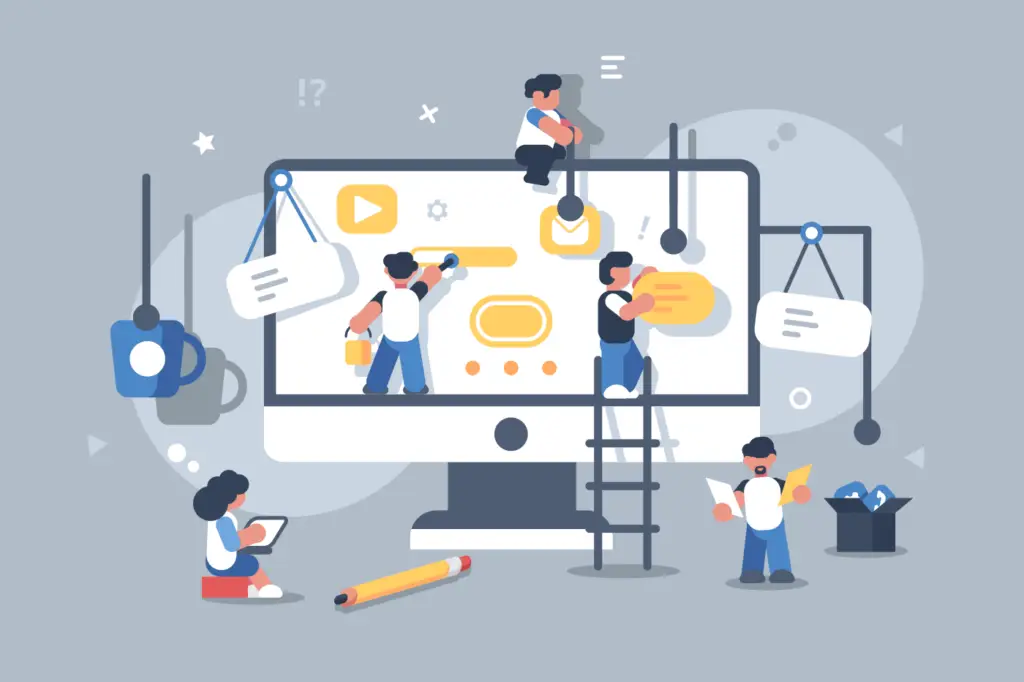
How Website Speed Optimization Impacts Conversion
Website visitors are not a patient crowd. In a world where every second matters, the speed at which your website loads directly affects whether someone stays, explores, buys—or walks away. Speed optimization isn’t just a backend concern for developers. It’s a real business factor that can make or break a customer’s decision to convert.
Fast websites load content quickly, engage users faster, and help them act with confidence. Whether it's filling out a form, making a purchase, or signing up for a newsletter— conversion happens only when people aren’t stuck waiting. Let’s dig into how and why speed plays a critical role across every layer of digital performance.
The First Impression: Why Speed Matters from the Start
Before your visuals, your offer, or even your branding has a chance to shine—your loading speed is already speaking volumes. According to studies, nearly half of users expect a page to load in under 2 seconds, and 40% will abandon a site that takes more than 3 seconds.
That tiny time frame is your shot at making a first impression.
A delay of even one second can result in a 7% drop in conversions. That means if your website earns ₹1,00,000 per day, a single-second delay could potentially cost you over ₹25 lakh in annual revenue.
First impressions online are brutally fast—and often final.
Speed gives your visitor a sense of control. It feels professional. A slow site, on the other hand, makes you seem unreliable, outdated, or worse—untrustworthy. The harsh reality: users won’t wait to find out what your business does if your site isn’t quick enough to show them.
Bounce Rates and Abandonment: What Happens When Pages Lag
Bounce rate refers to the percentage of users who leave a site after viewing only one page. Google research shows bounce rates can increase by more than 100% as page load time increases from 1 to 5 seconds.
When someone bounces, that’s a missed opportunity. You spent money or effort getting them to your site—whether through ads, social media, or SEO—and then lost them because your page didn’t load fast enough.
- Visual Identity: You have full control over design elements like layout, typography, color palette, and animation.
- Navigation Structure: Guide your users through your services with intuitive menus and journey-specific CTAs.
- Personalized User Paths: Whether you're a B2B software provider or an e-commerce brand, you can create unique flows tailored to different customer needs.
Better Performance and Technical Control
Off-the-shelf platforms come with limitations: bloated code, unnecessary plugins, and general-purpose designs that can slow things down. Custom-built websites are optimized from the start, leading to faster load times, smoother interactions, and better usability across devices
Here’s what typically causes abandonment:
- 1. Heavy image or video files
- 2. Bloated scripts or tracking tools
- 3. Server delays or poor hosting
- 4. Lack of caching or compression
- 5. Unoptimized mobile design
User Experience and Trust: The Unseen Influence of Fast Loading
Speed is more than technical—it’s psychological. When users experience smooth transitions, quick loading, and responsive design, they feel in control. Fast websites subtly communicate professionalism, efficiency, and care.
- 1. Navigation feels seamless.
- 2. Forms respond without delay.
- 3. Animations and interactions look clean.
- 4. Confidence builds when every click behaves as expected.
Compare that to a slow experience where buttons lag, images load in chunks, or actions freeze. Visitors feel uncertain. That uncertainty often translates into hesitation—and hesitation kills conversions. A fast site feels like a well-run store. A slow one feels like it’s still under construction. In eCommerce, trust is everything. People won’t enter payment details or contact you if they don’t feel the environment is secure and stable.
Mobile Speed and Conversion Gaps
We’re now living in a mobile-first world. Google uses mobile page speed as a ranking factor, and over 60% of global website traffic comes from mobile devices.
The mobile conversion challenge:
- 1. Pages that look great on desktop may choke mobile networks.
- 2. Popups, large hero images, or animations can slow down performance.
- 3. Touch-responsiveness can lag on bloated mobile layouts.
Optimizing mobile speed can:
- 1. Close the conversion gap between desktop and mobile users.
- 2. Increase engagement for on-the-go traffic.
- 3. Support local SEO and map-based actions like “Call Now” or “Get Directions.”
Speed, SEO, and Visibility: The Indirect Conversion Boost
Even if your call-to-action, layout, and content are top-notch, none of it matters if people can’t find you in the first place. Search engines factor in speed when deciding how to rank your website. Google’s Page Experience update includes Core Web Vitals, a set of performance metrics that heavily impact rankings.
- Higher search visibility(especially for mobile)
- Better crawlability and indexing by search engines
- Lower bounce signals that help maintain ranking positions
Improved rankings mean more organic traffic. And since organic search converts better than most paid sources, speed directly contributes to higher-quality traffic and better ROI.
In other words, optimizing speed helps your SEO, and stronger SEO brings better conversion-ready visitors to your site.
Conclusion
Website speed is no longer optional. It’s fundamental to delivering an experience that converts visitors into customers. From first impressions to search rankings, bounce rates to trust-building, page speed quietly governs every major factor that influences user behavior. You don’t need flashy gimmicks or the newest trend—what you need is a site that loads fast, works smoothly, and keeps people engaged. Speed optimization isn’t just about milliseconds. It’s about making sure your business gets the chance it deserves to shine—before the user clicks away.
